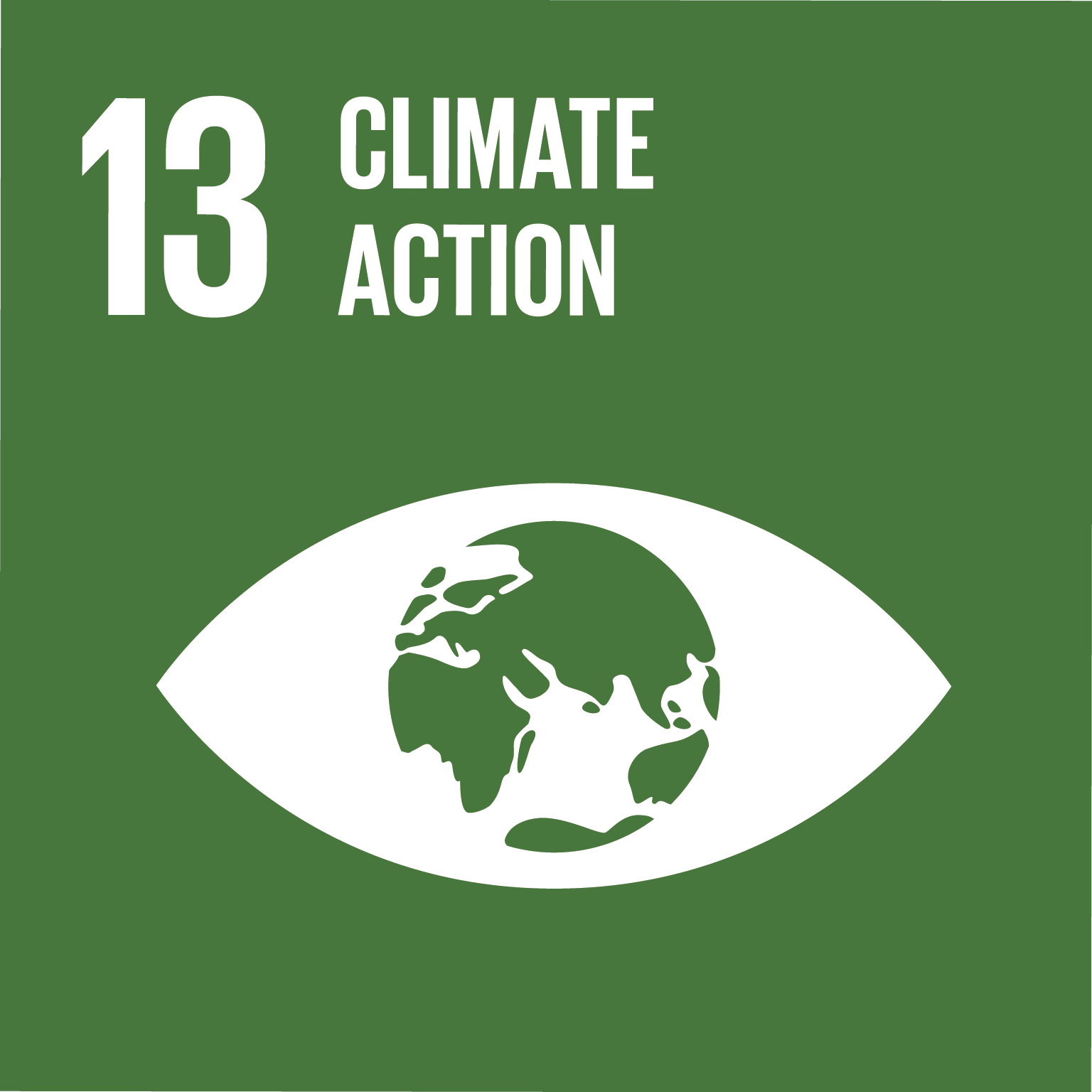Our Topic
As geography students, our studies focus thoroughly on climate change and its impacts. With the results from the latest IPCC report, it is repeatedly confirmed that the impacts of climate change will be a greater precipitation intensity, more severe droughts and increased flood risk in frequency as well as degree (IPCC report, 2022, pp. 542). Therefore, this research project emphasises on climate action. Especially the hydrological aspects are relevant in the context of Switzerland as it is perceived among the greater sources of problems for the country. The reason for the choice to focus only on Switzerland is based on two aspects. First, 2 out of 3 people in this research group were born and raised in Switzerland. Thus, their knowledge on the local geography can be used as an advantage. Second, a somewhat prominent phrase in the context of climate change is to “think global, act local”. Consequently, it makes sense to look at the topic of climate action on smaller scale than global.

It is further justified by the condition that the topic of climate change can be separated into smaller sub-topics emphasising on different aspects of climate change. This was done by the IPCC as follows. The first sub-topic deals with “… the physical scientific basis of climate system and climate change.” The second one deals with the assessment of “… the vulnerability of socio-economic and natural systems to climate change…”. The final one “… assesses options for mitigating climate change through limiting or preventing greenhouse gas emissions.” (ibid.). Dealing with the entire topic of climate change would involve a gargantuan scope which would never be possible to be covered to a sufficient degree with the scope of this project. Therefore, this project focuses on the second sub-topic.